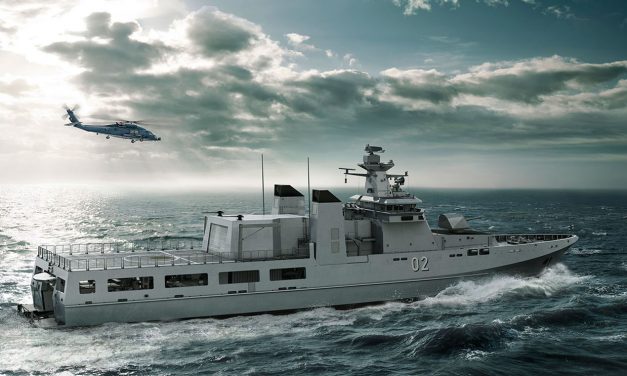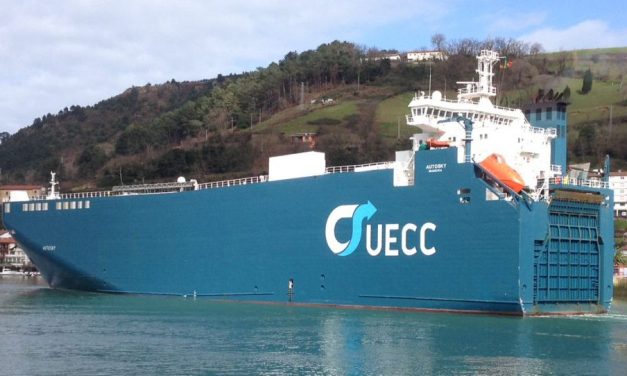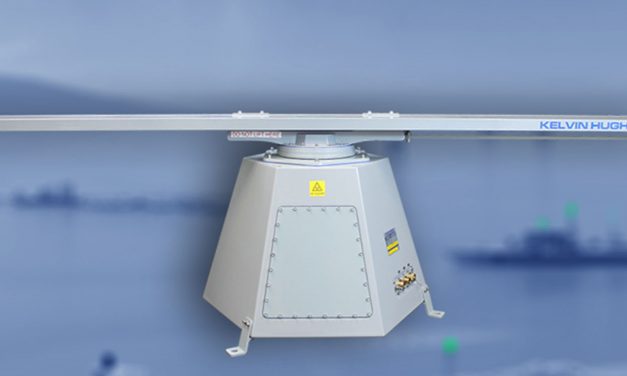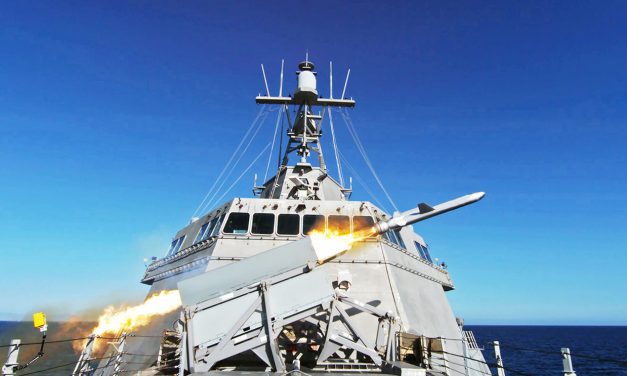Will Lürssen soon be building for Australia?
The Lürssen design of the Arafura class (Offshore Combat Vessel, Project Sea 1180) was selected by the Australian government at the end of January as a possible prototype for the Navy's newly planned mine defence and survey capabilities MMCMMS (Maritime Mine Coutermeasures & Military Survey, Project Sea 1905). In addition to the twelve 80-metre OCVs that have already been launched, a further six mine countermeasures and two hydrographic platforms with slightly longer hulls, but with very important common features, would then provide the Australian Navy with a technically and logistically coherent equipment in the boat segment from 2025. In addition to the existing armament components of the OCVs, the extended units are to carry further unmanned and autonomous underwater and surface capability carriers under the stern platform...
Read More






Recent Comments